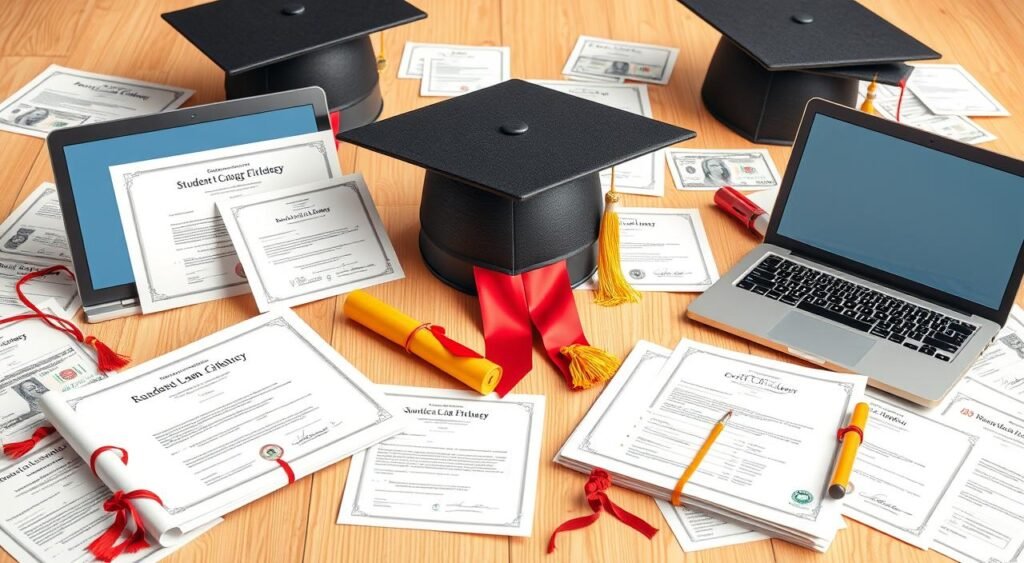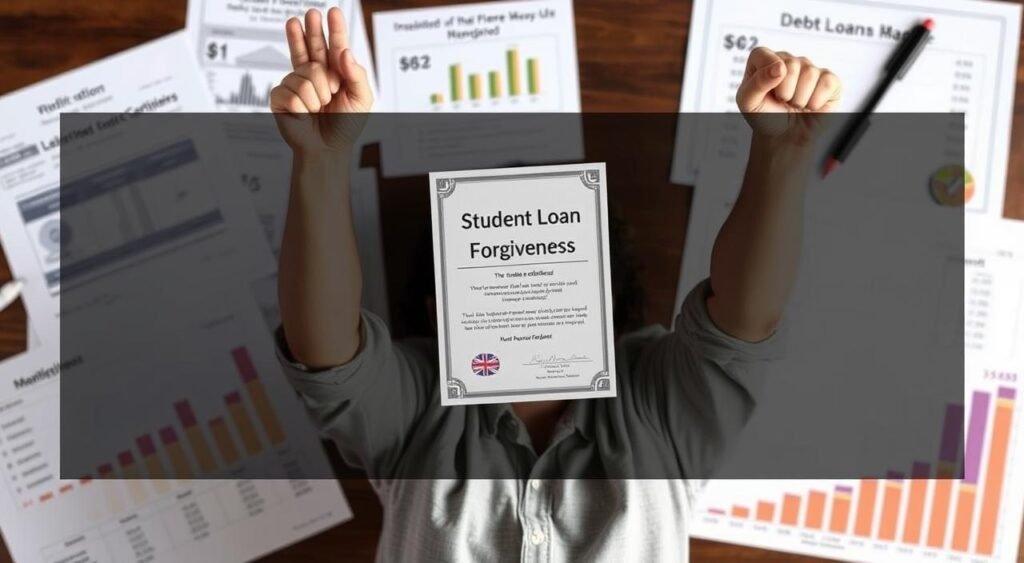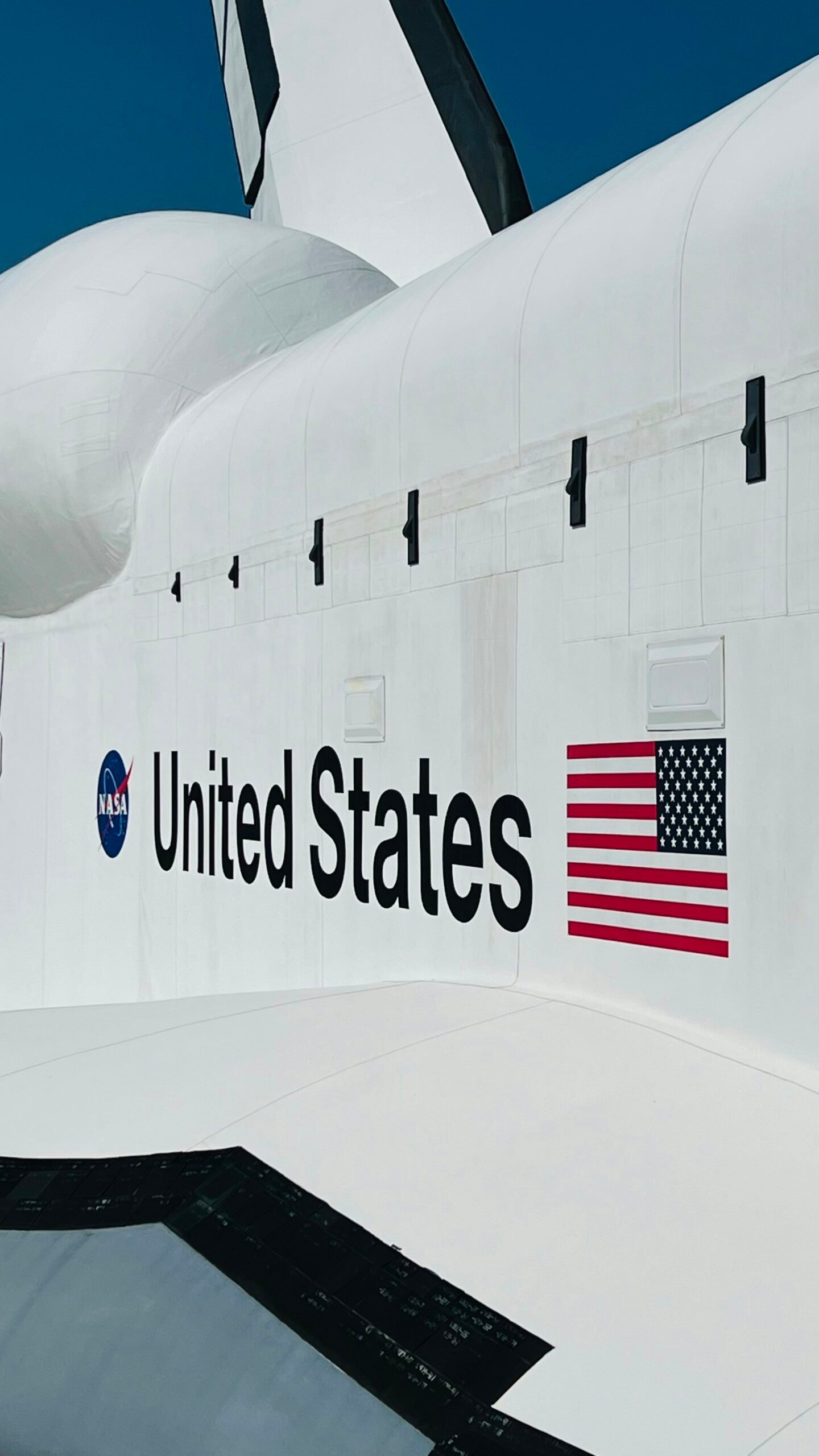In my work as a systems analyst, I’ve learned that the most significant transformations often happen quietly, not with a single, seismic event, but through a series of persistent, structural changes. The national conversation around student loan forgiveness is a perfect example. While public attention often fixates on the idea of a single, massive debt cancellation event, the reality on the ground in 2025 is far more nuanced and, in many ways, more systemic. A quiet but powerful financial shift is already underway, reshaping the economic landscape for millions of Americans. To understand its true impact, we must look beyond the political headlines and analyze the machinery of the policies themselves.
A Two-Pronged Strategy: Deconstructing the Current State of Forgiveness
After the Supreme Court struck down the Biden administration’s broad, one-time debt relief plan in 2023, the strategy shifted. Instead of one grand gesture, the Department of Education has pursued a meticulous, two-pronged approach that is already resulting in billions of dollars in forgiven loans.
Prong 1: The Piecemeal Approach of Fixing a Broken System
The first prong has been a systematic effort to repair and streamline existing forgiveness programs that were, for years, notoriously difficult to navigate. I’ve analyzed the data from the Department of Education, and the numbers are significant.
- Public Service Loan Forgiveness (PSLF): This program, designed to forgive the debt of public servants after 10 years of payments, had an abysmal approval rate for years. Through a series of waivers and administrative fixes, the department has retroactively credited millions of payments that were previously deemed ineligible. This has led to over $60 billion in forgiveness for nearly a million public servants like teachers, firefighters, and nonprofit workers.
- Income-Driven Repayment (IDR) Account Adjustments: Similarly, the government has conducted a one-time adjustment of all IDR accounts to correct for past administrative errors, such as improper “forbearance steering.” This audit has pushed hundreds of thousands of long-term borrowers over the 20- or 25-year finish line for forgiveness.
From a systems perspective, this isn’t “new” forgiveness; it’s the fulfillment of old promises. It’s a large-scale data audit and process correction that has had a life-changing impact on its beneficiaries.
Prong 2: The SAVE Plan – A Systemic Restructuring of Repayment
The second and more transformational prong is the “Saving on a Valuable Education” (SAVE) plan. In my analysis, this is the most significant piece of higher education policy in years. It’s less of a one-time forgiveness event and more of a fundamental restructuring of what it means to have a federal student loan.
Its mechanics are key:
- Lower Payments: It calculates payments based on a smaller percentage of a borrower’s discretionary income. For millions, this has lowered their monthly payment, in many cases to $0.
- The Interest Subsidy: This is the game-changer. Under the SAVE plan, if a borrower’s monthly payment does not cover the accruing interest, the remaining interest is waived by the government. This halts the devastating process of negative amortization, where loan balances grow even as borrowers make payments.
- Faster Forgiveness: For borrowers with smaller original balances (under $12,000), the plan offers forgiveness after just 10 years of payments, rather than 20 or 25.
This plan effectively changes the nature of a student loan, making it more akin to a manageable, income-based tax than a traditional debt instrument with compounding interest. This subtle but profound shift is at the heart of the current student loan forgiveness landscape.

The Economic Impact: Analyzing the Ripple Effects
A policy of this magnitude doesn’t exist in a vacuum. It creates significant ripple effects throughout the economy, which are the subject of intense debate.
The “Stimulus vs. Inflation” Debate
The core macroeconomic question is whether this relief acts as a healthy stimulus or a driver of inflation.
- The Stimulus Argument: By freeing up hundreds of dollars per month for millions of households, the policy injects that cash directly into the consumer economy. This money is now being used for down payments on homes, starting small businesses, and general consumption, which supports economic growth.
- The Inflation Argument: Opponents argue that this increased demand, without a corresponding increase in the supply of goods and services, can push prices higher. The data I’ve seen suggests that while the effect is not zero, it is likely modest, as the relief is distributed over many years and among households that are more likely to use the funds for necessities and debt reduction rather than luxury spending.
The Impact on the Housing Market
One of the most-watched ripple effects is on housing. For years, the student debt crisis has been cited as a major barrier to homeownership for millennials and Gen Z. The debt-to-income (DTI) ratio is a critical factor in mortgage applications. The lower monthly payments under the SAVE plan directly improve DTI ratios, making millions of borrowers more attractive to lenders. I am already seeing early data suggesting a correlation between enrollment in the SAVE plan and a modest uptick in mortgage applications among first-time homebuyers under 40. This could be one of the most significant long-term effects of the current student loan forgiveness policies.
The Systemic Risk: Moral Hazard and the Unsolved Tuition Problem
As a systems analyst, I have to examine the long-term risks, and the most cited is “moral hazard.” Does forgiving student debt create an expectation of future forgiveness, thereby encouraging students to borrow more and universities to charge more?
This is a valid concern. However, I would argue it points to a deeper issue. The moral hazard doesn’t exist in a vacuum; it is enabled by the underlying, unsolved problem: the astronomical and unchecked cost of higher education itself. The easy availability of federal loans, combined with decades of state disinvestment in public universities, has created an environment where tuition has risen much faster than inflation.
The current student loan forgiveness measures are effectively treating the symptoms of a crisis. They provide critical relief to those already caught in the system, but they do not address the root cause of what makes the system so costly in the first place.

The Final Analysis: A Band-Aid on a Deeper Wound?
In 2025, the landscape of student loan forgiveness is one of targeted, mechanical, and systemic changes rather than a single, sweeping declaration. The combination of fixing broken programs and implementing the SAVE plan represents a massive, ongoing financial intervention that is reshaping household balance sheets for a significant portion of the population.
The data shows the primary beneficiaries are lower- and middle-income borrowers who are now able to manage their debt, save for the future, and participate more fully in the economy. The economic impacts are real, though the debate over their net effect will continue.
However, from my analytical perspective, this entire apparatus is a highly complex and expensive solution to a problem that begins much earlier. Until we have a serious national conversation about controlling the underlying cost of tuition and re-evaluating the funding model for higher education, we will be perpetually creating new generations of borrowers in need of a fix. The current forgiveness strategy is a necessary and impactful intervention, but it is an intervention nonetheless. The fundamental reform is yet to come.

What is Student Loan Forgiveness?
Student loan forgiveness in the United States has become a beacon of hope for many borrowers overwhelmed by their debts. This program allows individuals to have a portion or all of their federal student loans canceled under specific conditions. The relief can significantly alter one’s financial landscape, enabling a fresh start toward stability.
Eligibility for Forgiveness Programs
To qualify for student loan forgiveness, borrowers must meet specific criteria. The most common programs include Public Service Loan Forgiveness (PSLF) and Teacher Loan Forgiveness. These programs typically require borrowers to work in qualifying fields, making consistent payments over a designated period. By meeting these requirements, individuals can find relief and reduce the stress associated with student debt.
How to Navigate the Forgiveness Process
Finding your way through the student loan forgiveness process can seem daunting. The key is understanding the steps involved. Start by researching the specific program that suits your profession and geographical location. Gather necessary documents, stay informed about application deadlines, and ensure that your loans are with a qualifying lender. Resources like the Federal Student Aid website can guide you through every step of the journey, making the process more manageable.
In conclusion, while student loan forgiveness in the United States is indeed real, it requires dedication and effort to navigate the available options. With the right knowledge and preparedness, borrowers can unlock the potential for financial freedom and peace of mind.